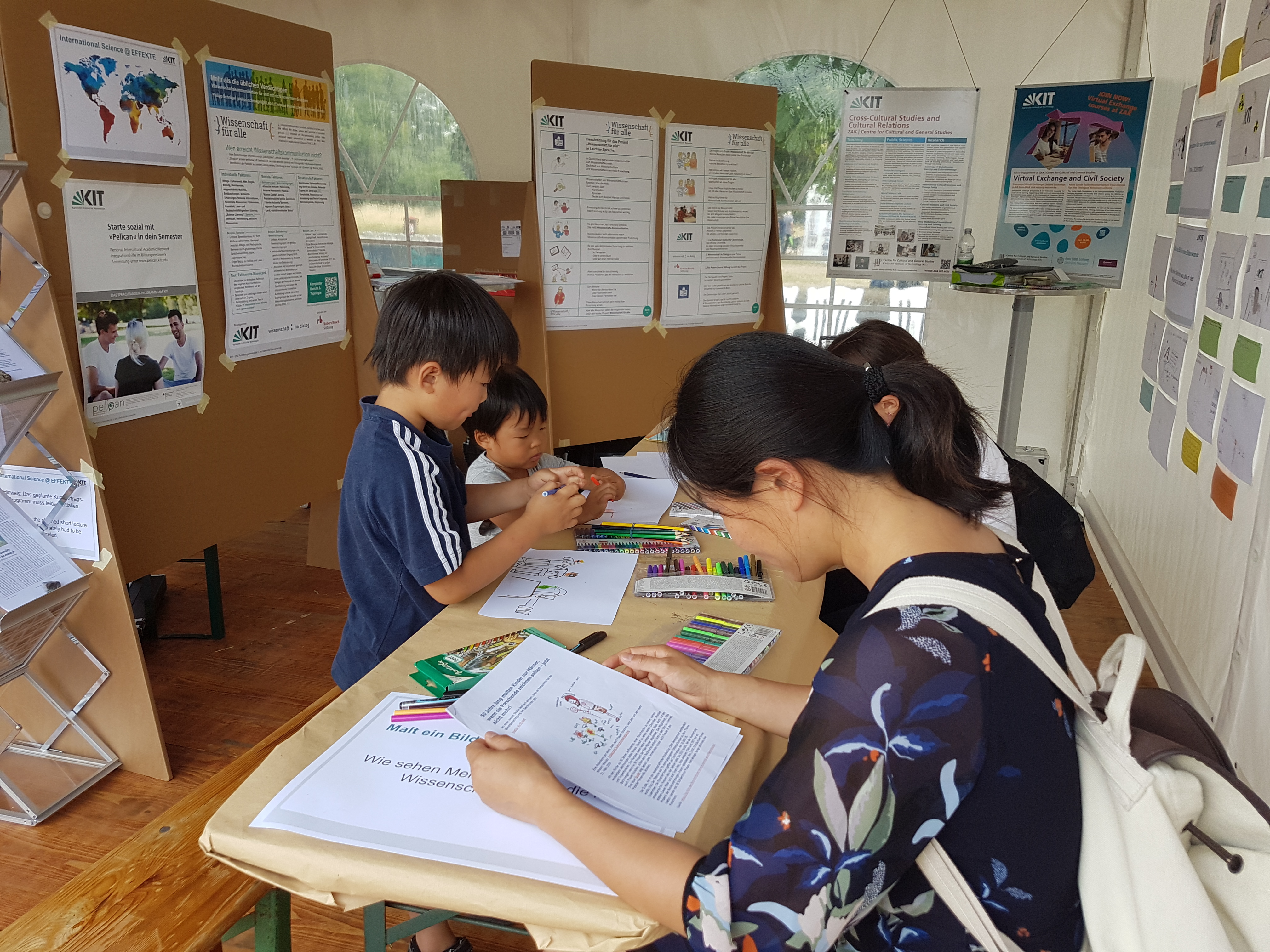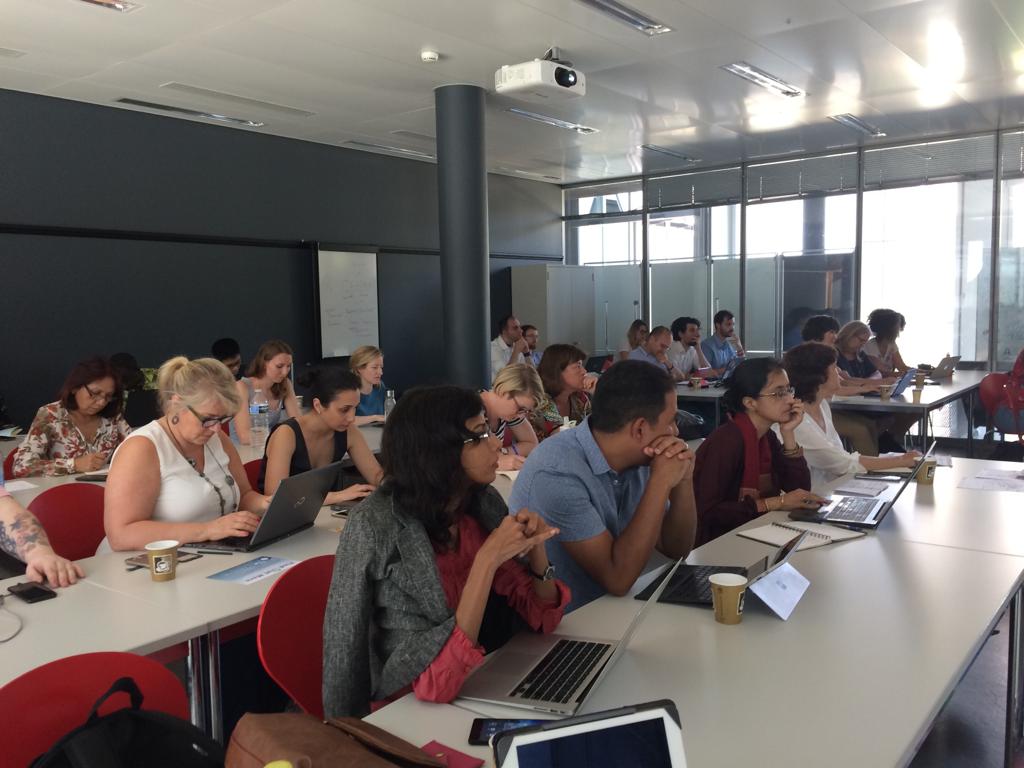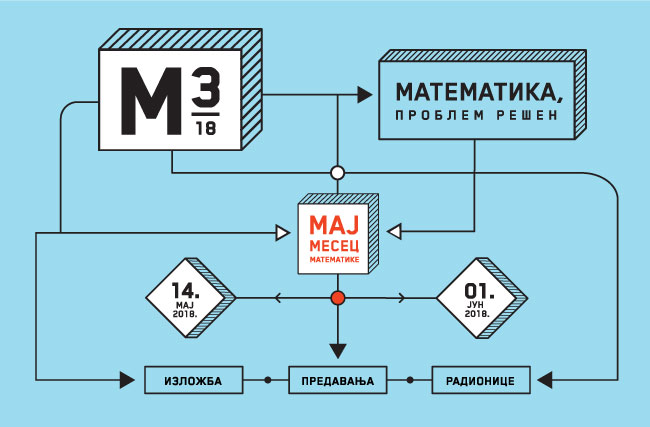NUCLEUS is a project about Responsible Research and Innovation and how it can be embedded into institutional practices – thinking mainly Universities and research organisations. Our partners are currently doing this by exploring a University’s relationship with different stakeholders, hence the importance of having close relationships with other local research institutions. In this post, you’ll know more about SAIAB‘s long-standing neighbour, Rhodes University. Rhodes has a strong transformation- and community engagement-driven agenda.
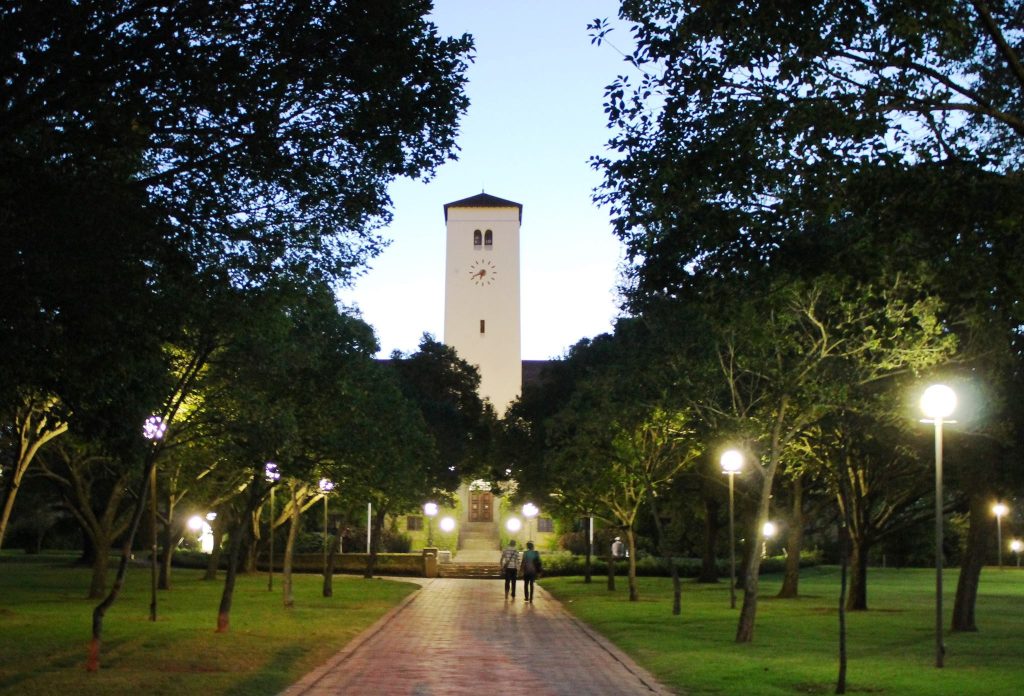
During the Women’s Month in South Africa, Rhodes University hosted a roundtable discussion, comprised of women from different disciplines, to address the science position in the developing world, and discuss the best ways to prepare for the future. The room represented the diversity of the women in Science, Technology, Engineering and Mathematics (STEM), with attendees including postgraduate students in the areas of pharmacy, chemistry, human kinetics and ergonomics, and statistics, among others. This event, which made the women in STEM feel heard and affirmed, will hopefully create a spark to ignite the fire of a new era for sisters in science. You can read more about it here.
As an Associated Institute of Rhodes University, SAIAB has strong historical and academic ties with the university. The Institute actually has its roots with a Chemistry Professor who had a passion for fishes and who happened to identify a long-believed extinct fish – the coelacanth, which until 1938 had only be known to science through fossil records. JLB Smith made the coelacanth and marine research his life’s work. In 1947 Smith was appointed Professor and Head of the new Department of Ichthyology at Rhodes University with a research grant from the Council for Scientific and Industrial Research (CSIR). His collection of fish specimens forms the nucleus of what is today the National Fish Collection at SAIAB.
As we approach the end of Women’s Month in SA, it is important to remember that it was Smith’s research and life partner, and Professor herself, Margaret Mary Smith, who after Smith’s death in 1968, insisted that the legacy of scientific discovery and marine research initiated by her husband’s identification of the coelacanth be recognised and sustained. She persuaded Rhodes University and the CSIR to establish the JLB Smith Institute of Ichthyology and became its first Director. In 1977 the current building, a purpose-built, ichthyological research centre, was officially opened. At the time it was unique in the world.
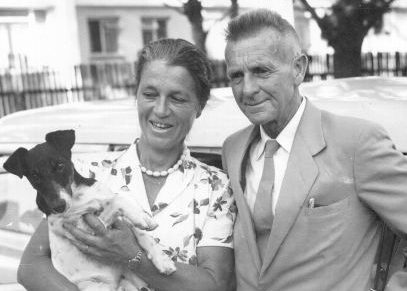
In 1980 the Institute was declared a Cultural Institution under Act 29 of 1969, to be funded by the Department of National Education. A significant milestone in SAIAB’s more recent history was in 1999, when the institute became part of the National Research Foundation. In 2001 the Institute was renamed the South African Institute for Aquatic Biodiversity, to reflect its standing as a national facility and its broader research mandate. SAIAB will be celebrating 50 years of growth and transformation over the next 12-18 months and is looking forward to share the journey with everyone. To follow a timeline of the institute’s history visit its Milestones.
